Home>Gardening & Outdoor>Landscaping Ideas>How To Pull Up Grass
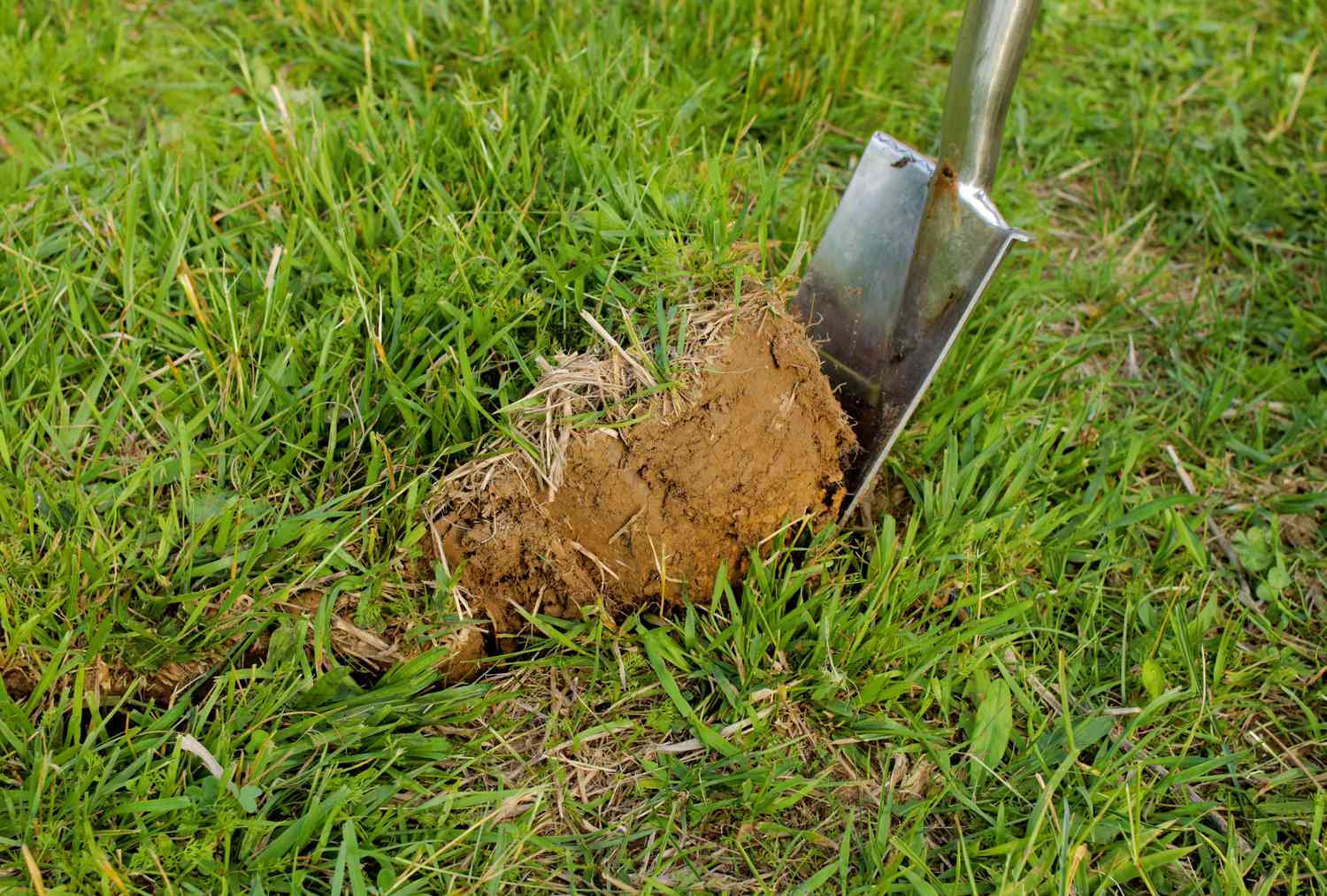

Landscaping Ideas
How To Pull Up Grass
Published: January 25, 2024
Learn effective landscaping ideas with our step-by-step guide on how to pull up grass. Transform your outdoor space with ease. Discover more!
(Many of the links in this article redirect to a specific reviewed product. Your purchase of these products through affiliate links helps to generate commission for Storables.com, at no extra cost. Learn more)
Introduction
So, you’ve decided to transform your outdoor space and give it a fresh new look. Whether you’re planning to create a vibrant flower bed, install a patio, or lay down a lush carpet of fresh sod, the first step is to clear the area of existing grass. While this may seem like a daunting task, with the right tools and techniques, pulling up grass can be a manageable and even satisfying project.
In this guide, we’ll walk you through the process of pulling up grass, from preparing the area to disposing of the grass clippings. By following these steps, you’ll be well on your way to achieving a clean and clear canvas for your landscaping endeavors. So, roll up your sleeves and get ready to revitalize your outdoor space!
Key Takeaways:
- Pulling up grass for landscaping requires tools like a garden spade, turf cutter, and wheelbarrow. Preparing the area, lifting the turf, and disposing of the grass responsibly are crucial steps for a successful transformation.
- After pulling up the grass, consider composting, green waste collection, or reusing as mulch for responsible disposal. Embrace the journey of landscaping with enthusiasm and creativity to create a captivating outdoor oasis.
Read more: How To Pull Up Grass For Sod
Tools and Materials
Before you begin the task of pulling up grass, it’s essential to gather the necessary tools and materials. Here’s what you’ll need:
- Garden Spade: A sturdy garden spade will be your primary tool for cutting through the turf and lifting the grass.
- Turf Cutter: If you’re dealing with a larger area or want to expedite the process, a turf cutter can be a valuable investment.
- Garden Fork: This tool can help loosen compacted soil and make it easier to remove the grass.
- Wheelbarrow: For transporting the removed grass clumps to the disposal area.
- Work Gloves: Protect your hands with a sturdy pair of work gloves.
- Protective Eyewear: Safeguard your eyes with a pair of safety glasses.
- Waste Bags or Compost Bin: Depending on your preference, you’ll need a means of disposing of the removed grass, either through waste bags for disposal or a compost bin for organic recycling.
Additionally, if you plan to repurpose the area for a specific landscaping project, such as creating a flower bed or installing a patio, you may need specific materials tailored to that endeavor. For example, if you’re planning to lay down fresh sod, you’ll need to procure the appropriate amount based on the area’s measurements.
Now that you have your tools and materials assembled, you’re ready to prepare the area for the task at hand.
Preparing the Area
Before diving into the process of pulling up grass, it’s crucial to prepare the area for the task. Here are the essential steps to take:
- Mark the Boundaries: If you’re targeting a specific section of your lawn for transformation, mark the boundaries of the area using stakes and string. This will help you stay focused and ensure that you only remove the grass within the designated space.
- Water the Area: If the soil is dry and compacted, consider watering the area thoroughly a day or two before you plan to pull up the grass. This will help soften the soil and make it easier to remove the grass and its roots.
- Clear the Area: Remove any obstacles, such as rocks, branches, or debris, from the surface of the grass. This will prevent interference while you work and ensure a smoother process.
- Inspect for Utilities: Before digging into the ground, it’s essential to check for any underground utilities, such as cables or pipes. Contact your local utility companies to mark the locations of these utilities to avoid any accidental damage during the grass removal process.
By taking these preparatory steps, you’ll set the stage for a more efficient and organized grass-pulling endeavor. With the area prepped and ready, it’s time to move on to the main event: pulling up the grass.
When pulling up grass, use a garden fork or a shovel to loosen the soil around the grass. Then, grip the grass firmly at the base and pull upwards, making sure to remove as much of the root system as possible to prevent regrowth.
Pulling Up Grass
Now comes the exciting part: pulling up the grass. Follow these steps to effectively remove the grass from your designated area:
- Start at the Edge: Position your garden spade at the edge of the marked area. Insert the spade into the soil, using your foot to apply pressure and drive the spade into the ground. Work the spade back and forth to cut through the turf and create a clean edge.
- Lift the Turf: Once you’ve cut along the perimeter, use the garden fork to pry up the edges of the turf. Work your way across the area, lifting manageable sections of turf as you go.
- Shake Off Excess Soil: As you lift each section of turf, gently shake off excess soil to reveal the grass roots. This will make it easier to remove the grass and ensure a cleaner surface for your future landscaping endeavors.
- Inspect for Residual Roots: After removing the turf, inspect the soil for any remaining grass roots. Use the garden fork to loosen and remove any lingering roots to prevent regrowth.
- Dispose of the Grass: Transfer the removed grass clumps to a designated disposal area, such as a waste bag or compost bin. If you’re composting the grass, be sure to mix it with other organic materials to facilitate decomposition.
By following these steps, you’ll effectively clear the area of grass, setting the stage for your landscaping vision to come to life. With the grass removed and disposed of, you’re one step closer to achieving your outdoor oasis.
Disposing of the Grass
Once you’ve successfully removed the grass from your outdoor space, it’s essential to handle the disposal in an eco-friendly and responsible manner. Here are some options for disposing of the grass clippings:
- Composting: If you’re an avid gardener, consider composting the grass clippings. Grass can be a valuable addition to a compost pile, providing nitrogen and moisture. Be sure to balance the grass with other organic materials, such as leaves, kitchen scraps, and yard waste, to create nutrient-rich compost for your garden.
- Green Waste Collection: Many municipalities offer green waste collection services, allowing residents to dispose of organic materials, including grass clippings, for composting or mulching. Check with your local waste management agency to see if this service is available in your area.
- Landfill Disposal: If composting and green waste collection are not viable options, you can dispose of the grass clippings in a landfill. However, be mindful of any regulations or restrictions regarding green waste disposal in your area.
- Reuse as Mulch: If you have a garden or landscaping beds, consider using the grass clippings as mulch. Spread a thin layer of dried grass over the soil to help retain moisture, suppress weeds, and nourish the underlying plants as it decomposes.
Regardless of the disposal method you choose, it’s important to handle the grass clippings in a manner that aligns with environmental guidelines and regulations. By taking the time to dispose of the grass responsibly, you’ll contribute to sustainable waste management practices and minimize the environmental impact.
With the grass successfully removed and responsibly disposed of, you’re now ready to embark on the next phase of your landscaping project. Whether you’re creating a vibrant garden, laying down fresh sod, or crafting a serene outdoor retreat, the cleared space is a blank canvas awaiting your creative touch.
Read more: How To Pull Up A Carpet
Conclusion
Congratulations! You’ve completed the process of pulling up grass, clearing the way for your landscaping aspirations to take root. By following the steps outlined in this guide, you’ve not only transformed your outdoor space but also gained valuable insights into the art of revitalizing your landscape.
As you reflect on your accomplishment, take a moment to appreciate the newfound potential of the cleared area. Whether you envision a flourishing flower bed, a tranquil seating area, or a vibrant expanse of fresh sod, the possibilities are as boundless as your imagination.
Remember, the journey doesn’t end with grass removal. As you embark on the next phase of your landscaping project, infuse your creativity and personal touch into every aspect of the transformation. Whether it’s selecting the perfect plants, laying down pathways, or adding decorative elements, let your unique vision guide the way.
As you witness your outdoor space evolve into a reflection of your dreams and aspirations, take pride in the knowledge that you played a pivotal role in shaping its future. Your dedication, resourcefulness, and passion for creating a beautiful landscape have laid the foundation for a vibrant and inviting outdoor haven.
So, as you savor the satisfaction of a cleared canvas and look ahead to the exciting possibilities, remember that the journey of landscaping is a continual adventure, ripe with opportunities for growth, creativity, and natural beauty. Embrace each step with enthusiasm and an unwavering spirit of exploration, and watch as your outdoor oasis blossoms into a captivating sanctuary.
With the grass pulled up and a world of landscaping potential at your fingertips, the stage is set for your outdoor masterpiece to unfold. Embrace the journey, revel in the process, and let the beauty of nature inspire every decision along the way.
Frequently Asked Questions about How To Pull Up Grass
Was this page helpful?
At Storables.com, we guarantee accurate and reliable information. Our content, validated by Expert Board Contributors, is crafted following stringent Editorial Policies. We're committed to providing you with well-researched, expert-backed insights for all your informational needs.
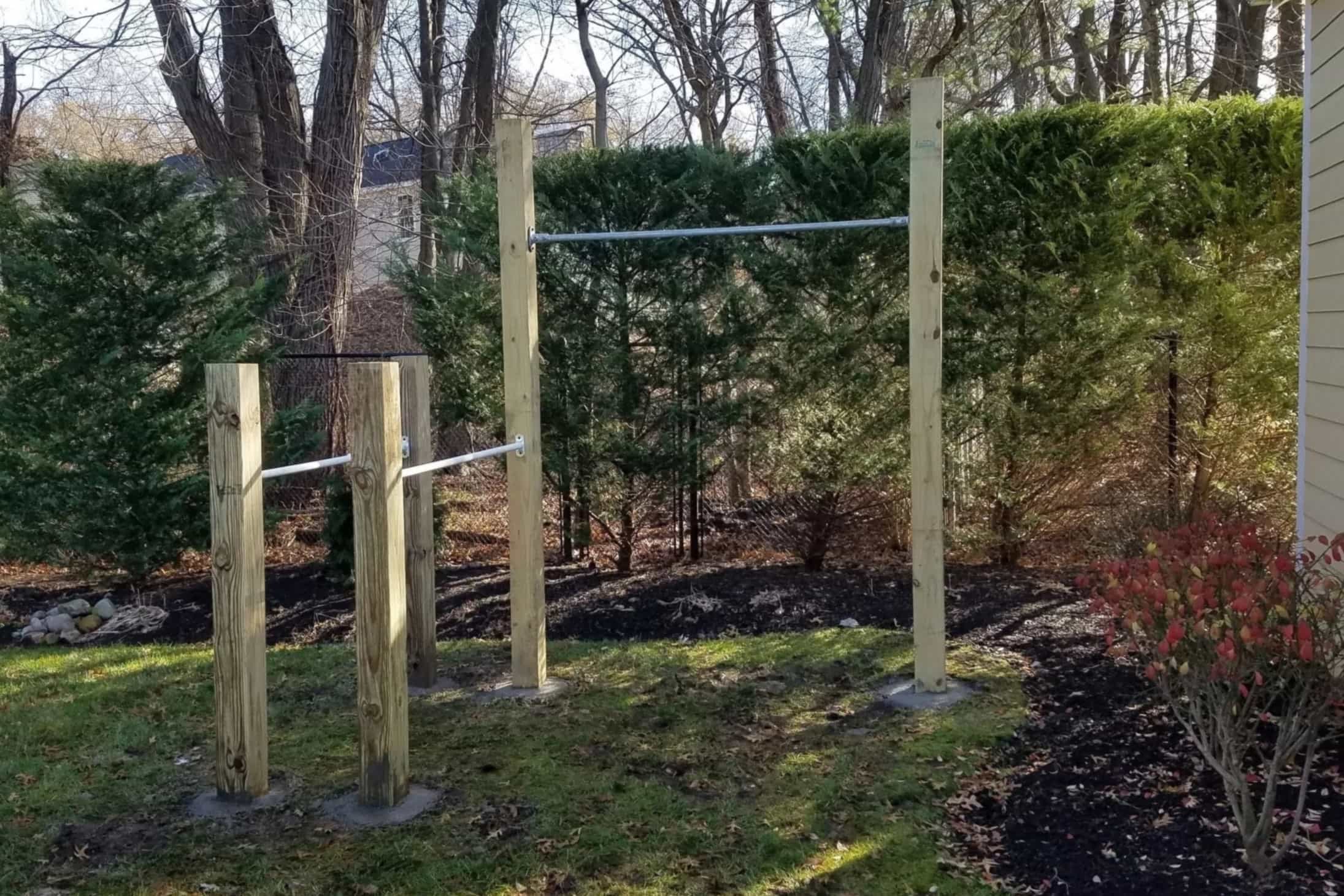

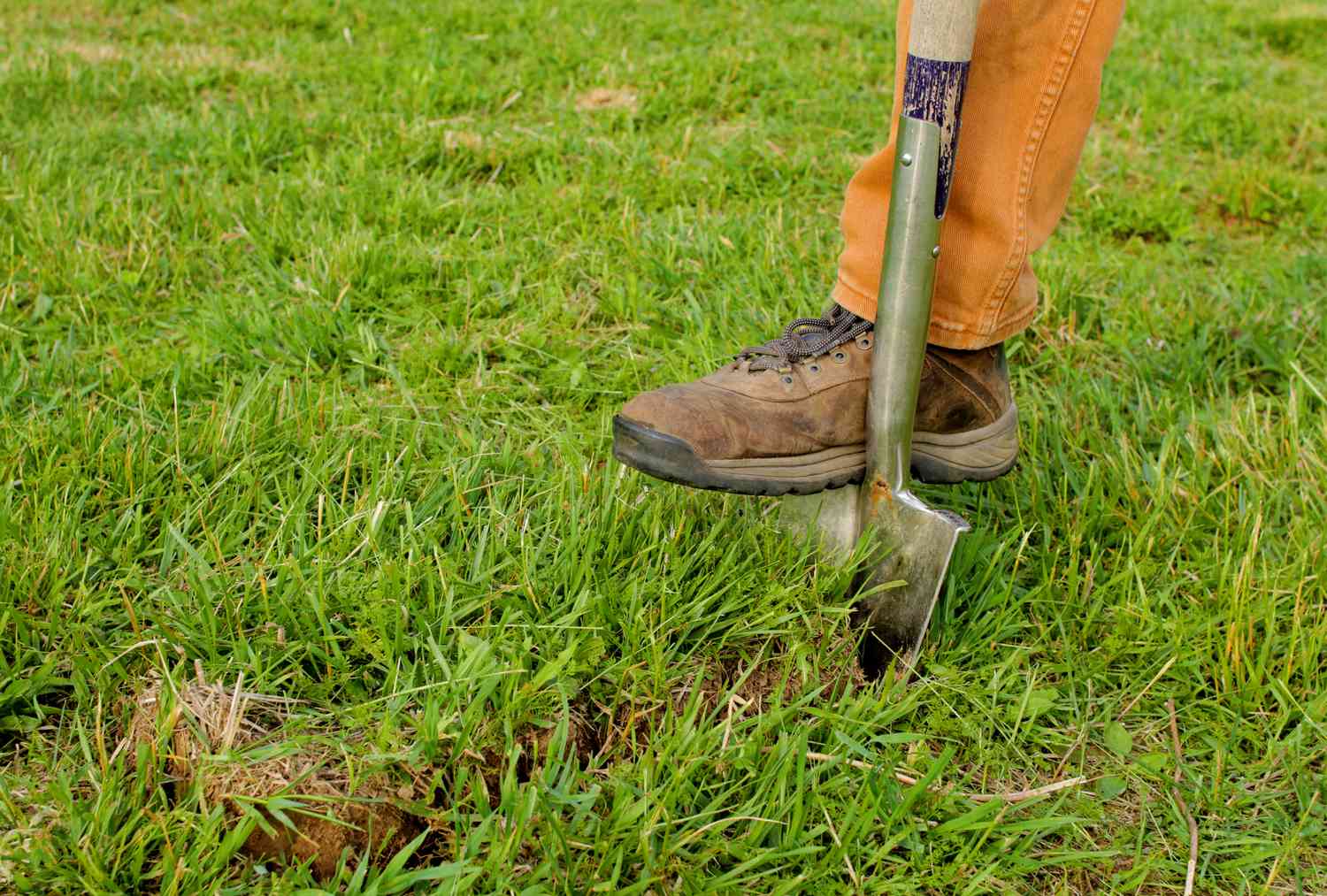
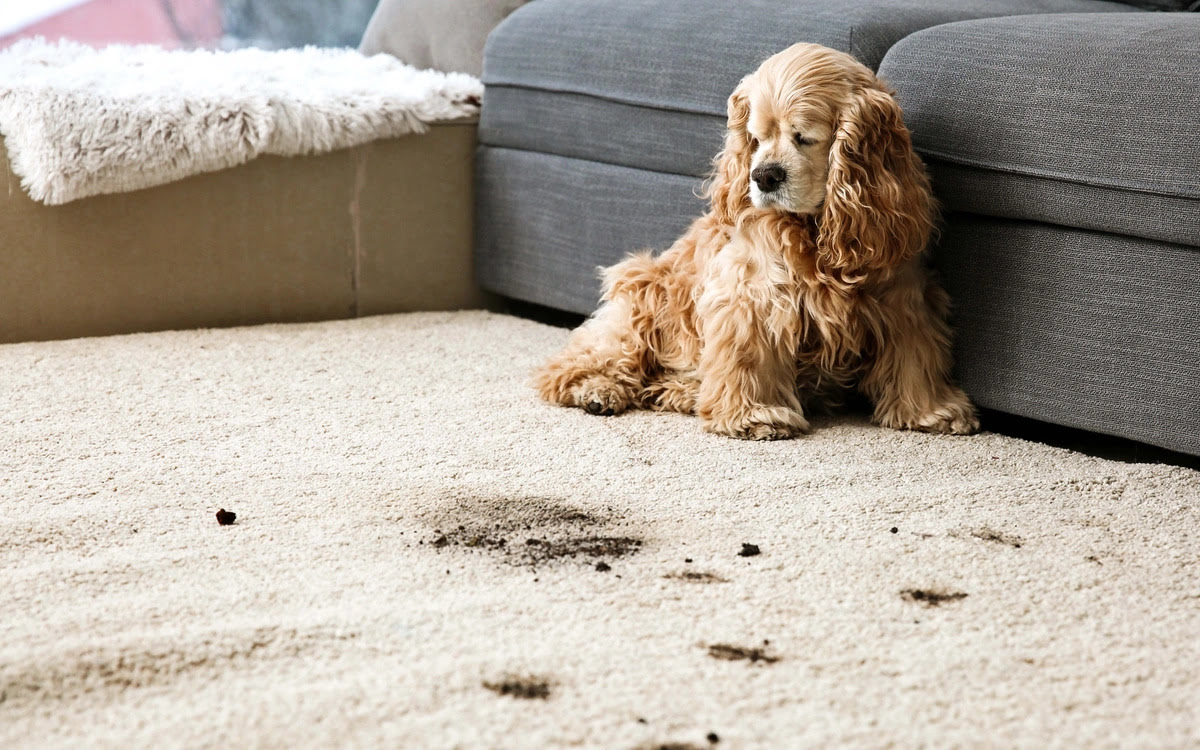
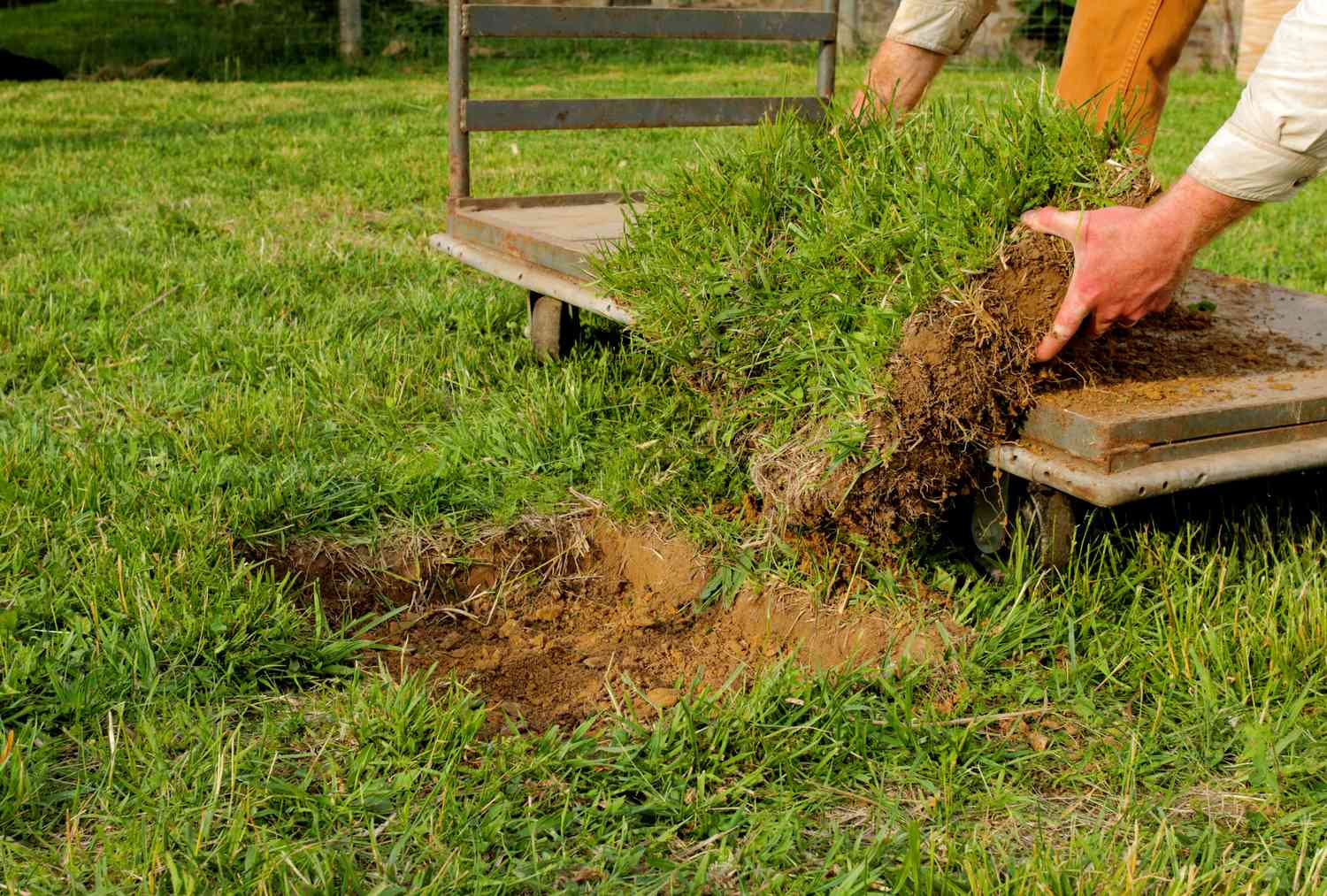
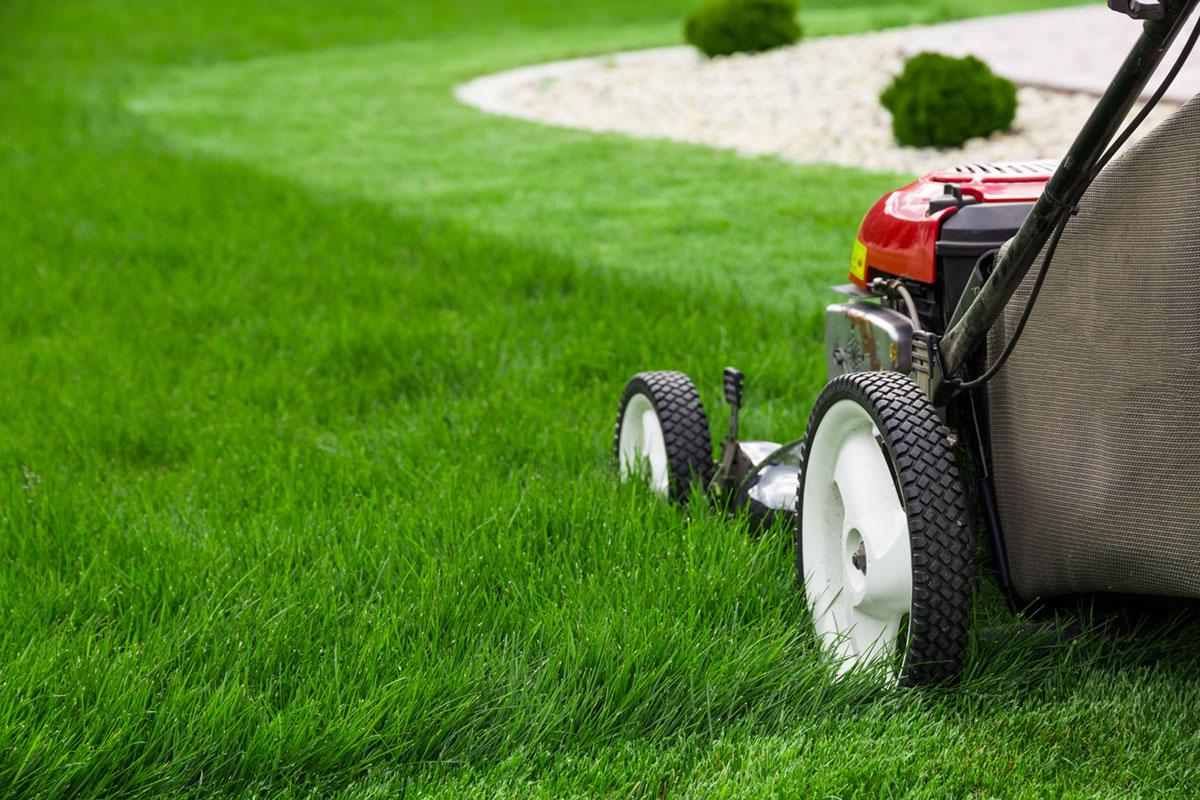
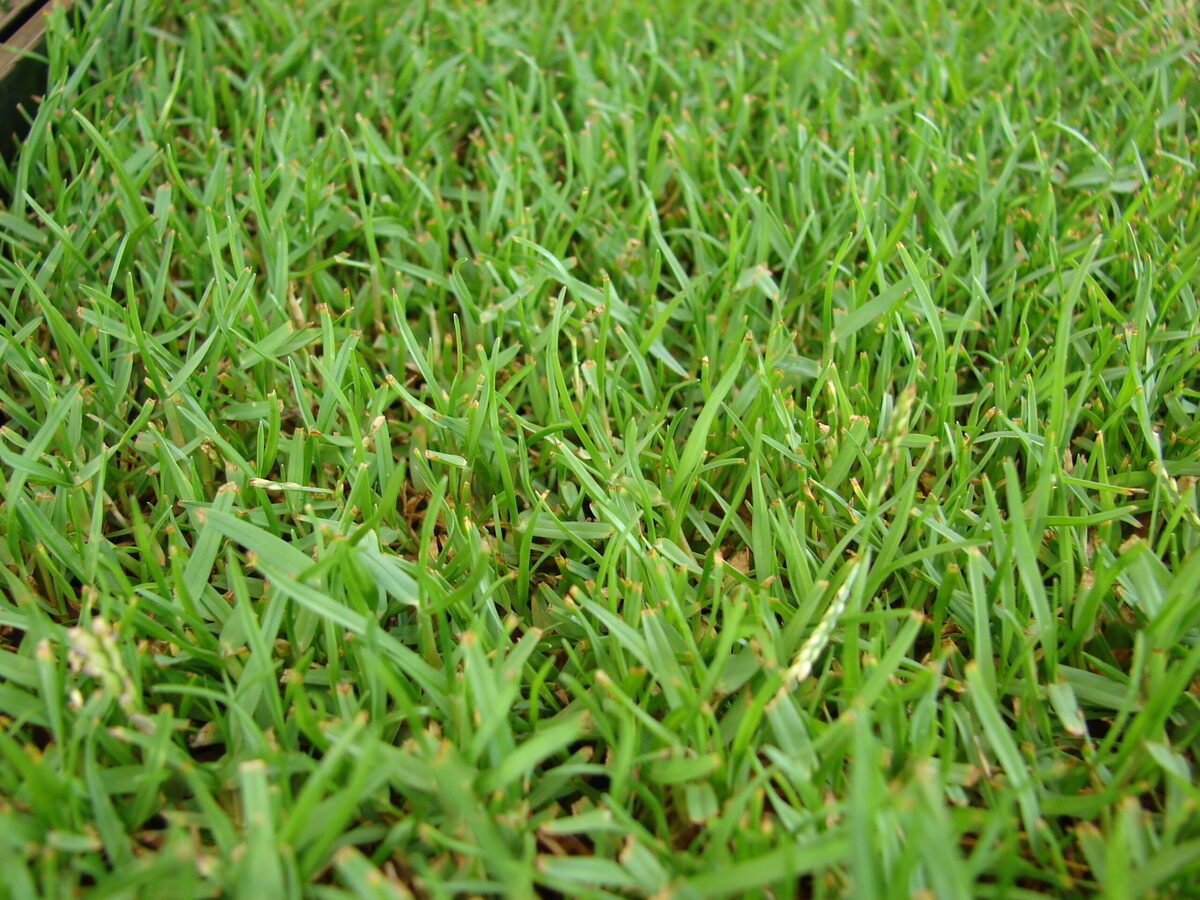
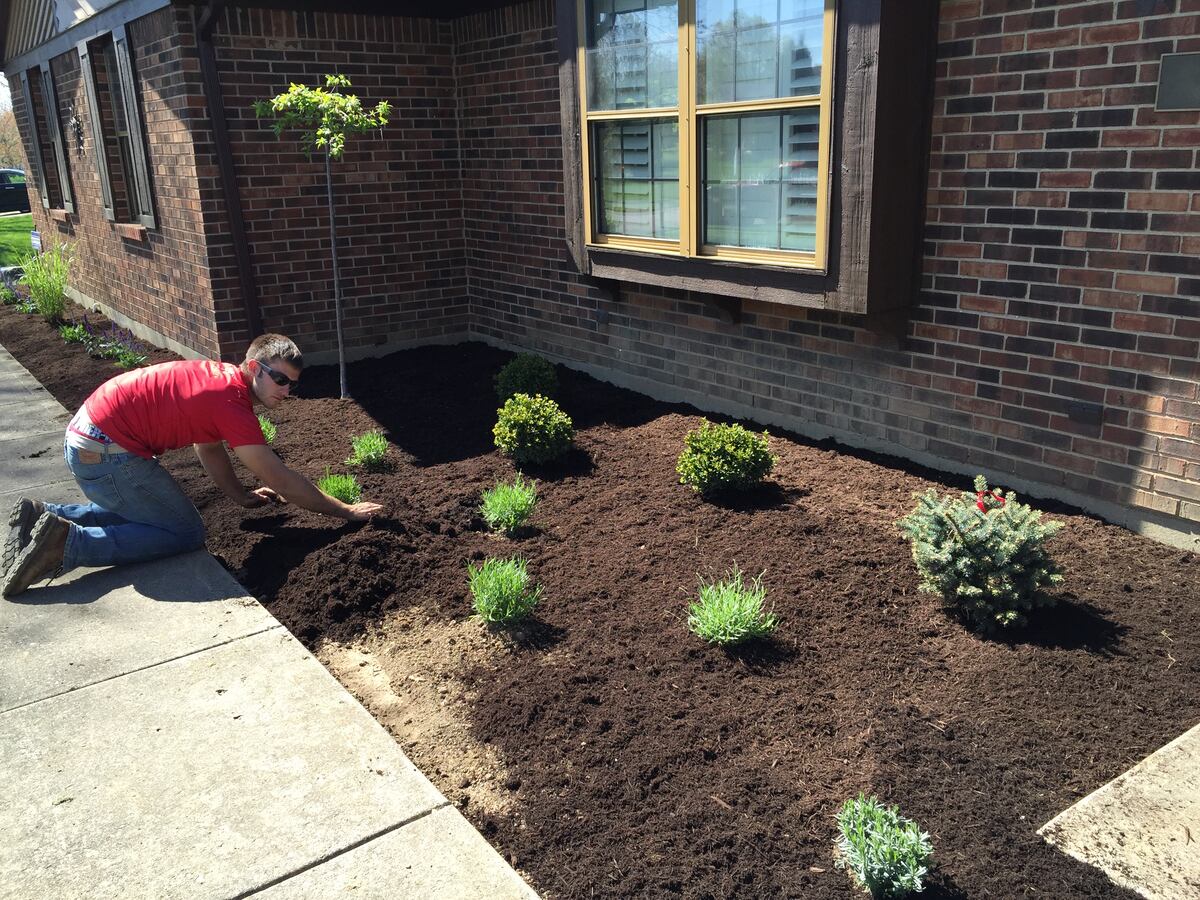
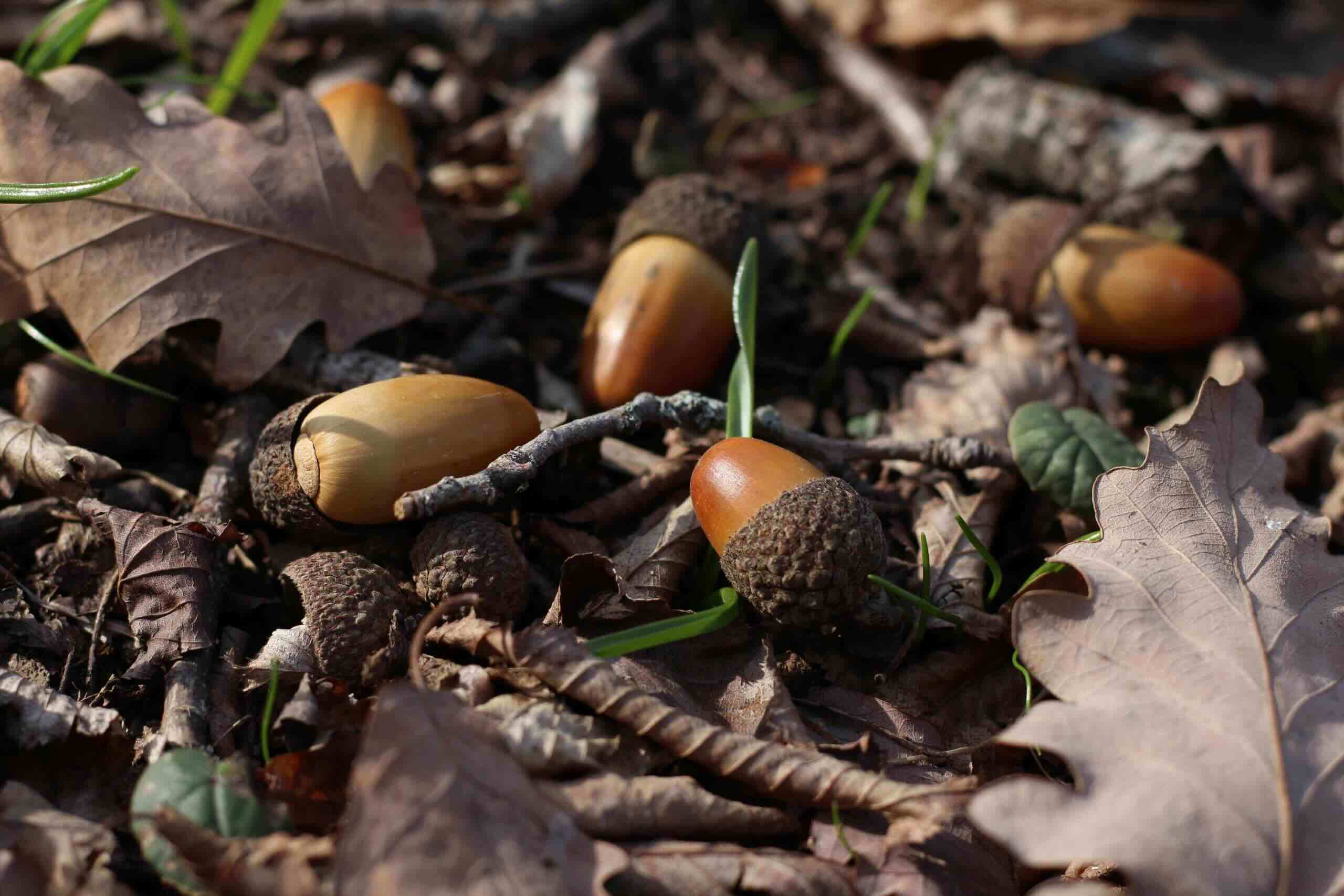
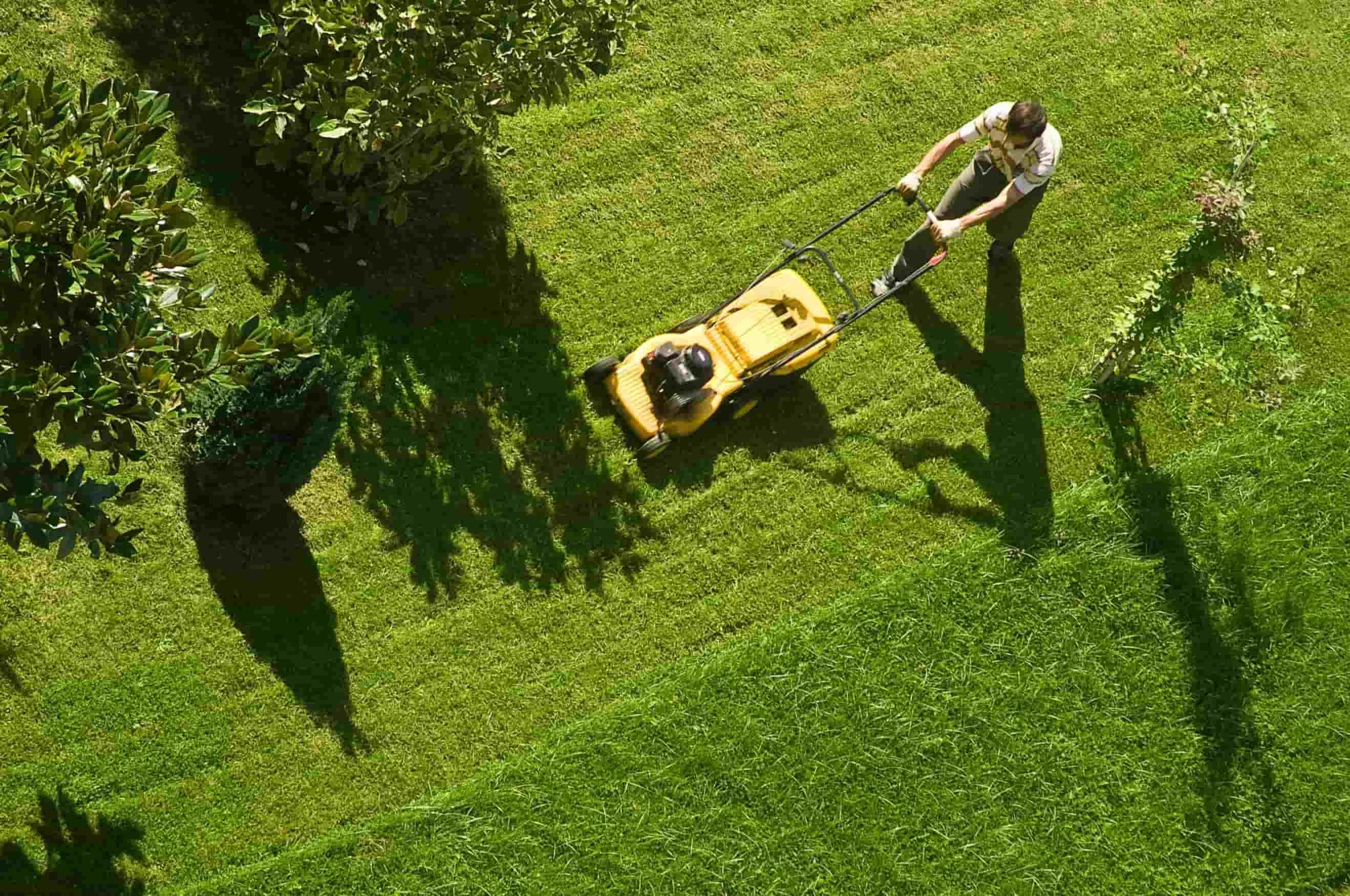
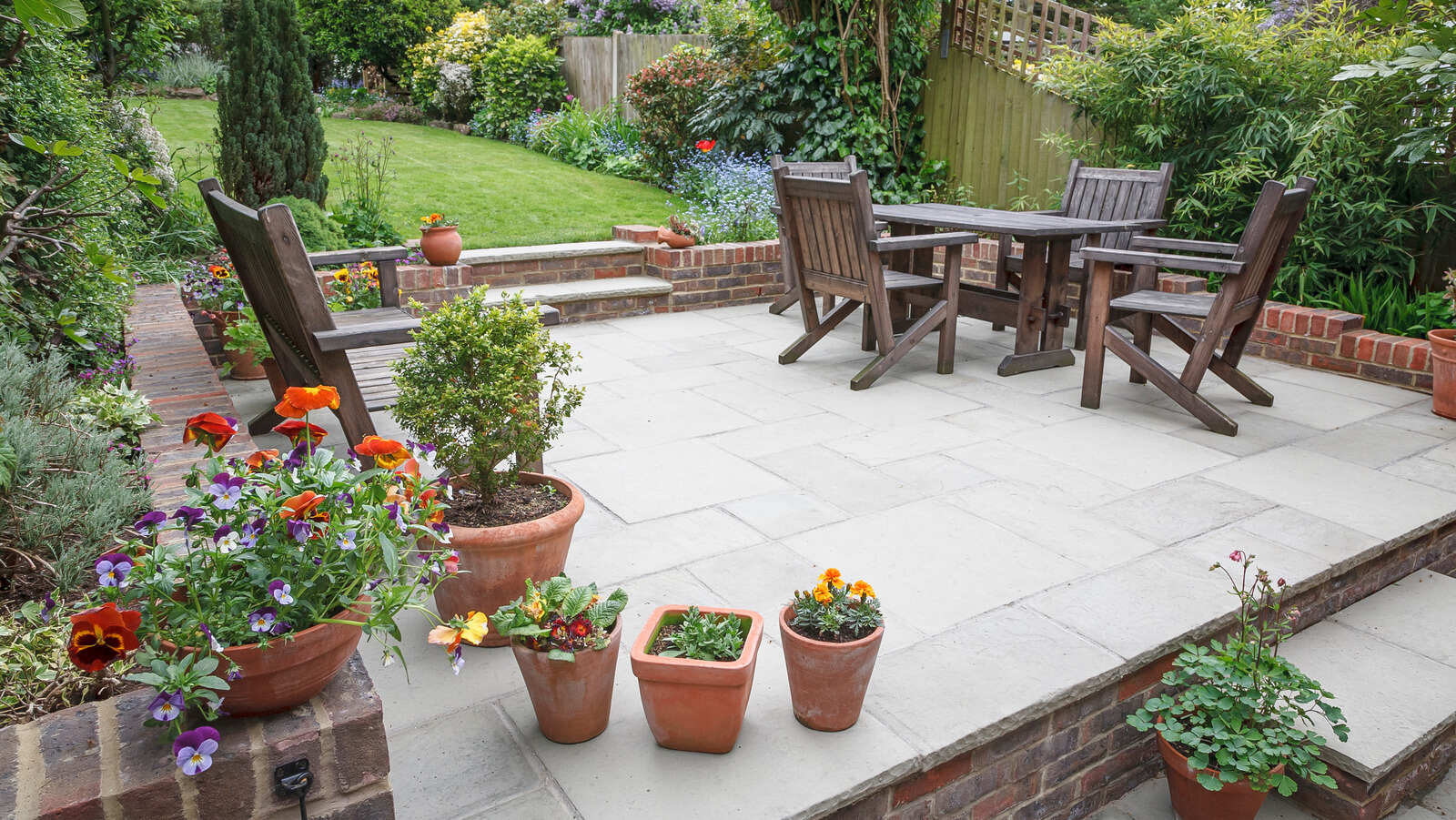
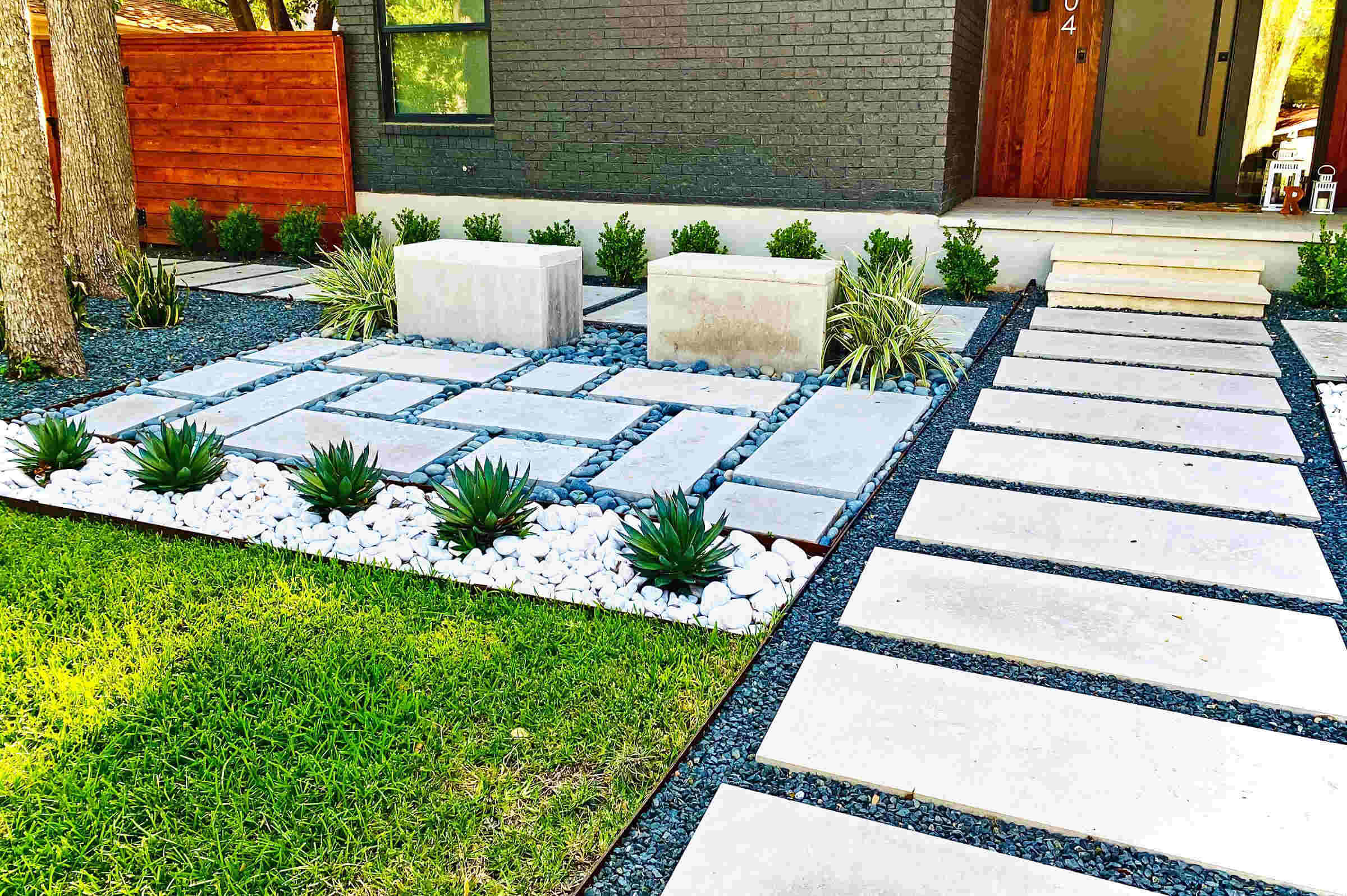
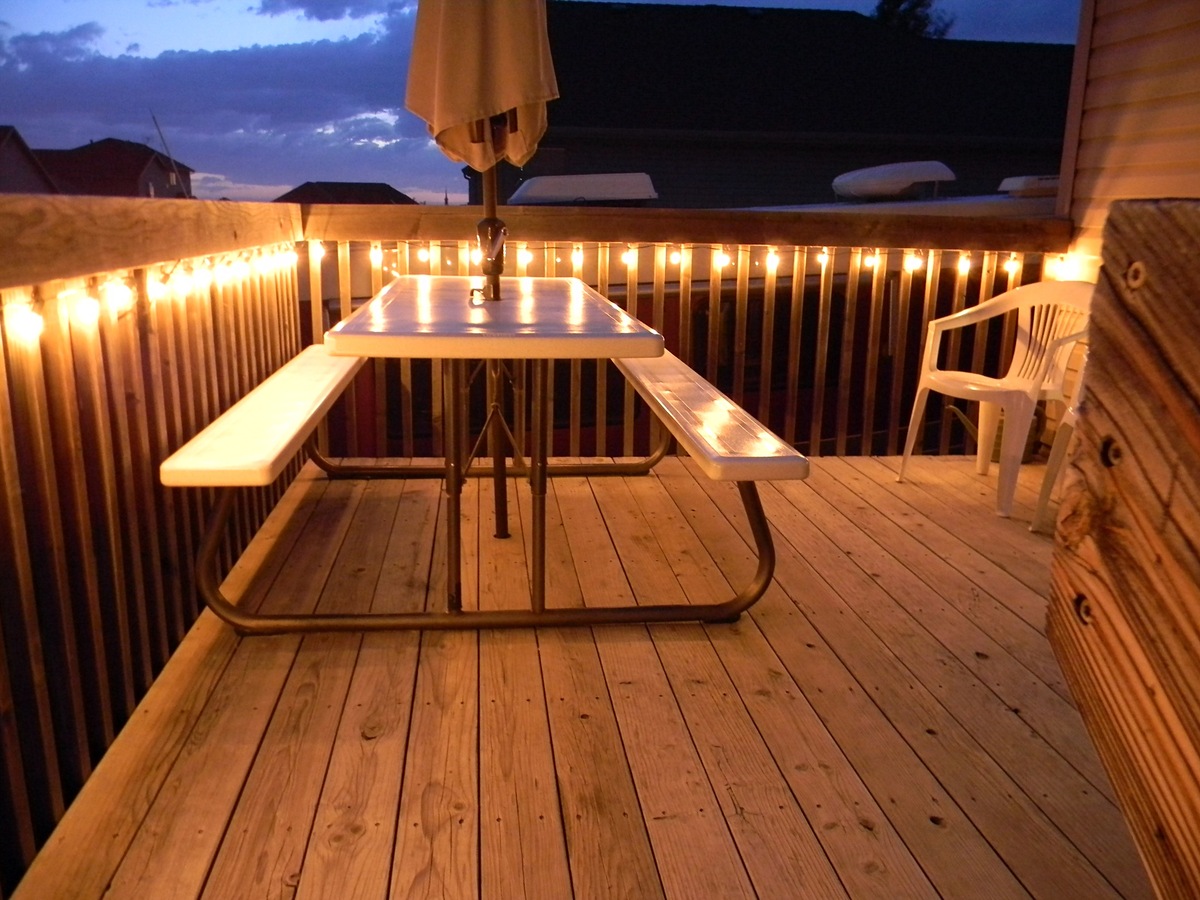


0 thoughts on “How To Pull Up Grass”